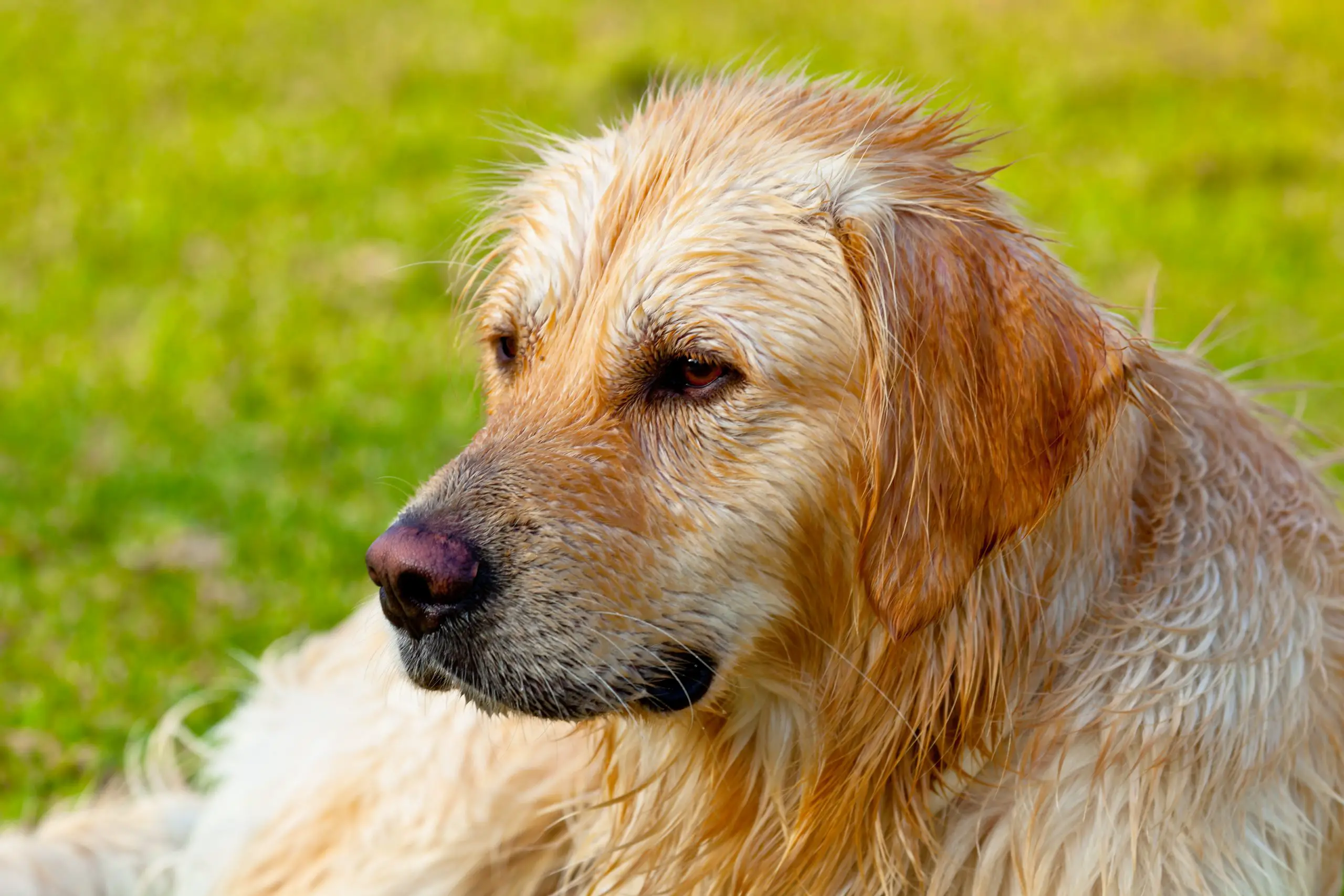Understanding Hip Dysplasia In Dogs And How To Handle It
Almost everyone has heard of hip dysplasia – an uncomfortable and dangerous problem that occurs in certain breeds of dogs. This malformation of the hip socket is the biggest cause of rear leg lameness in dogs. It causes painful arthritis and many other problems and happens most often in larger breeds. It’s one of the best-studied veterinary conditions in our canine companions since it’s also the most common cause for hip arthritis. So exactly what is hip dysplasia
How Hip Dysplasia Works
A normal dog’s hip is made up of the joint of the head of the femur, which is nearly round, and a concave socket in the pelvis. The ends of both bones are covered by cartilage, giving the dog a full range of motion. However, dogs that have hip dysplasia don’t have a normal hip. Instead, the head of the femur doesn’t fit deeply or tightly into the socket. The socket and femur are also out of round and can be misshapen. These lead to a partial or loose fit of the joint, and friction and abnormal wear in the hip.
Of course, the body will react to this in a number of different ways, trying to repair itself by laying down enough protective new cartilage. However, this process is slow, and may not occur as fast as the damage is being done. Plus, the more damage that occurs, the harder it is for the joint to resist additional damage. The joint deformity may even become worse over time.
Most of the time, animals that have this problem will try to avoid moving their hips too much. After all, movement hurts! This can be done by moving both legs together, producing a run that looks more like a rabbit hopping. Dogs trying to minimize movement may also move less dynamically, or move stiffly. Sometimes, avoiding movement in the hip can cause problems in other places, too. Dogs that can’t move their hips fully may use their spine and other joints differently.
This means that a dog that has hip dysplasia may also present with problems in the stifle (the knee), the spine, or in muscles or other soft tissue. In fact, these problems might be apparent before you realize that the hips are really the cause. Many owners don’t know that their dogs have hip problems until they become severe.
When Hip Dysplasia Appears
Most dogs with this problem show signs of hip issues by the time they’re a year and a half old. Some veterinarians believe that hip issues may be made worse by heavy vaccination, but there is little to no evidence currently available to support this. Weight gain and over or under activity can increase the number and frequency of hip problems in dogs.
Repetitive motion on a joint that’s still forming (such as jogging with a young dog) or too fast-growing (a problem in young giant breeds given free access to food) can make this even worse.
If you have a breed that’s prone to hip dysplasia, it’s important to treat your dog correctly as he or she is growing. The right nutrient balance, caloric intake, and frequency and type of exercise are all extremely important. The wrong ones could cause greater amounts of damage to your pet.
Which Breeds Have This Problem?
Certain breeds of dogs are more known for hip dysplasia than others. Most people have heard that Golden Retrievers, Mastiffs, Labradors, and German Shepherds are prone to this problem, but may not know that other purebred medium, large, and giant breed dogs can get it. Even less common is the knowledge that smaller dogs may have hip dysplasia.
According to the Orthopedic Foundation for Animals, or OFA, the breed most likely to have hip dysplasia is actually the Bulldog. Up to three-quarters of bulldogs have some kind of malformation in the hip joint on x-rays. They won’t all suffer serious arthritis or similar problems, but this breed does often have dysplastic hips.
Pugs are actually the second most likely to suffer from this problem, with more than sixty percent of dogs x-rayed showing problems.
Spaniels, terriers, and the French and American Bulldog all have problems with their hips, as well. In fact, seven out of the twenty breeds at the highest risk for hip dysplasia weigh less than fifty pounds and have a greater than thirty percent chance of having problems with their hips. It’s not really only large breeds or German Shepherds that have hip trouble.
Labs, Great Danes, Rottweilers, Golden Retrievers, and German Shepherds are all famous for their high incidence of hip dysplasia, and it’s true that it’s a danger. But is it really as bad as the reputation? Only about twelve percent of Labs x-rayed showed dysplasia.
Great Danes came in around eleven percent, and only about twenty percent of Rottweilers, German Shepherds, and Golden Retrievers have this problem. Does that mean they’re not at risk? Of course not – but it does mean the problem isn’t as bad as their reputation might suggest.
Some people claim that mixed breeds are less likely to suffer from this problem, but that’s not really true. It all depends on the dog, and the mix it’s made up of. We just don’t have good statistics on mutts and their incidence of dysplasia, since breeders are the only ones keeping good records. If you buy from a pet shop, adopt from a friend, or get a dog from a shelter, you don’t really know what the results will be.
Not Always Severe The good news is that dogs with even severe hip malformation don’t always show symptoms. Most don’t show symptoms when they’re very young, and even dogs that have problems can be comfortable and happy if given pain relievers and kept at a reasonable weight. Just make sure you keep an eye out for the signs of dysplasia and talk to your vet about your options.


